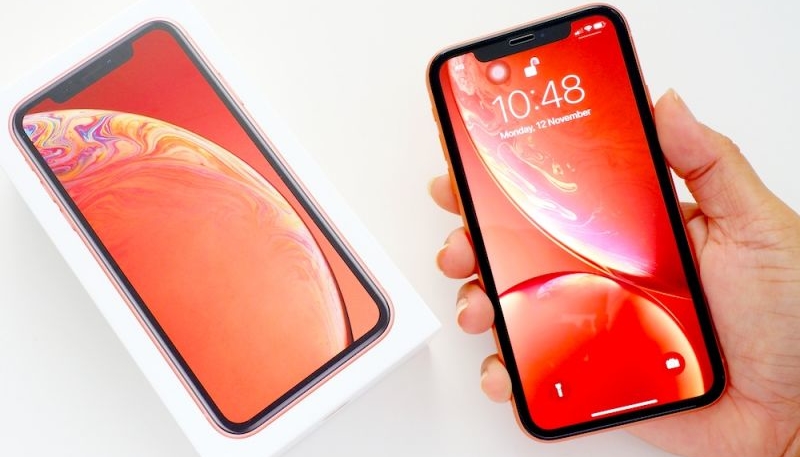An announcement from Austrian Apple supplier AMS about a new RGB light and IR proximity sensor that’s designed to be installed behind a smartphone’s OLED display, could mean future iPhones would sport a smaller notch on their face.
Installing some of the sensors behind the screen could reduce the outside area needed for those sensors.
By developing this ‘Behind OLED’ ambient light/proximity sensor, ams enables smartphone manufacturers to achieve the highest possible ratio of display area to body size while retaining crucial touchscreen disablement and automatic display brightness/color adjustment functions, which require an RGB/infrared light sensor.
Despite the constraint of operating behind an emissive OLED display screen, the TCS3701 senses the addition of the ambient light passing through the display to light emitted by the display’s pixels located just above the sensor. ams has developed unique algorithms which enable accurate detection of ambient light levels without knowledge of the display pixel brightness above the sensor.
AMS says the new sensor could perhaps lead to the complete elimination of the smartphone bezel:
“Smartphone OEMs today are striving to maximize their products’ screen-to-body ratio, reducing the bezel area as much as possible on the display’s face,” said David Moon, Senior Marketing Manager at ams. “The TCS3701 enables phone designers to take this trend to a new level, potentially eliminating the bezel entirely. This is only possible because the TCS3701 can operate behind an OLED display, a breakthrough enabled by the outstanding sensitivity of the device and by the implementation of sophisticated measurement algorithms to compensate for the optical distortion caused by the OLED display.”
Reuters notes AMS provides Apple with optical sensors for the TrueDepth camera system on the iPhone X, XR, XS, and XS Max. Analysts believe Apple accounts for approximately 45% of AMS’ business.
There have been rumors that Apple’s 2019 iPhones could feature a smaller notch on its front screen, and the new AMS technology could make that possible.


